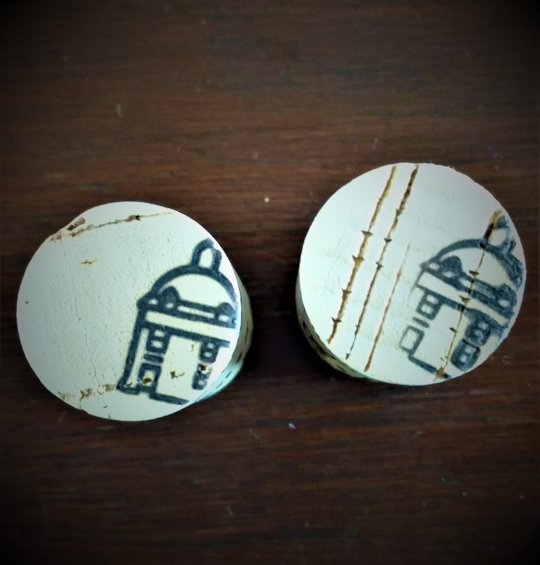There are several steps involved when checking the quality of batches of corks, from the choice of the batch to the sorting of the corks. The simplest way is to give an example of a specification. At Château Latour, the procedure for selecting and analyzing corks is very rigorous:
Step 1: The cork maker sends an approval batch which is made up of about 100 unmarked corks 5 months prior to bottling. This batch is supposed to be representative of the cork batch to be delivered and enables the quality of the cork to be approved.
Step 2: Tests are carried out on the batch sent for approval. Tests are carried out internally concern the visual and dimensional examination of the batch (absence of holes on either end of the cork, absence of large lenticels and stains, compliance with dimensions), sensory analysis and/or sniffing (absence of musty odour, dust etc.) and the peroxide residue test.
Other tests can be performed at an external laboratory, in particular to measure humidity levels in the corks and the content of haloanisoles and halophenols (respectively responsible for the formation of TCA and TCP) in order to avoid the risk of cork taint. For example, Château Latour sets a limit of TCA released into the wine of less than 1 ng/g of cork.
Step 3: If the approval batch is accepted, all the corks arrive one month prior to bottling. A number of corks proportional to the total number of corks will be taken and the previous analyses carried out again. The bags are left open for a maximum of 30 minutes and then hermetically sealed before being returned to a storage area with controlled temperature and humidity.

